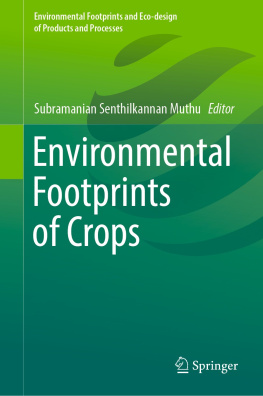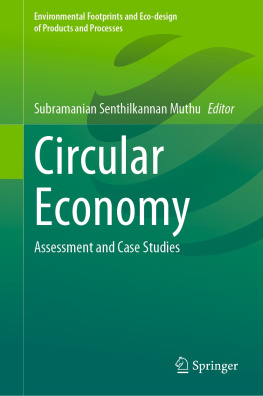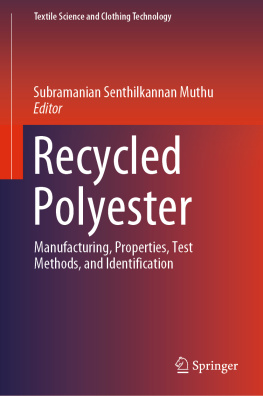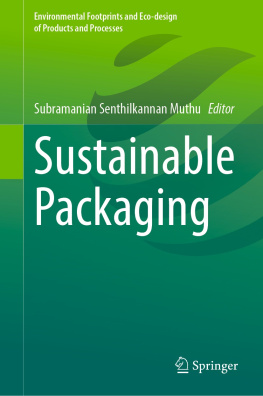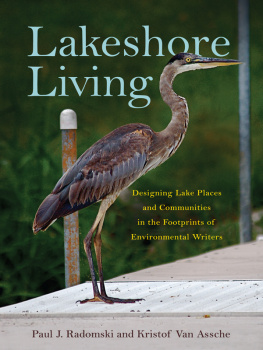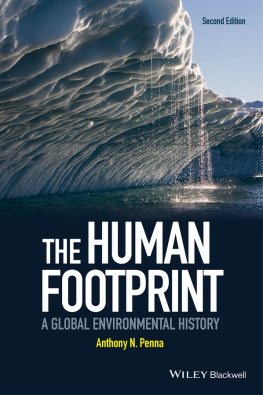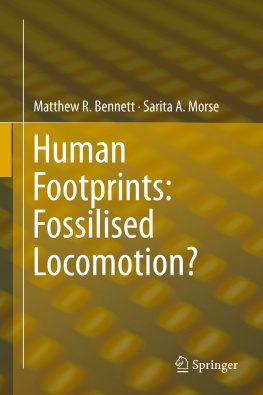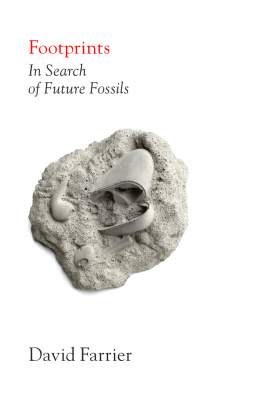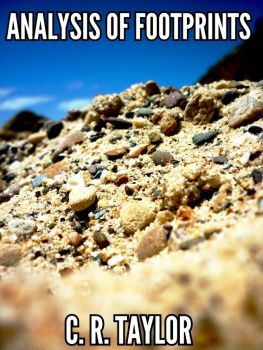Environmental Footprints and Eco-design of Products and Processes
Series Editor
Subramanian Senthilkannan Muthu
Head of Sustainability - SgT Group and API, Hong Kong, Kowloon, Hong Kong
Indexed by Scopus
This series aims to broadly cover all the aspects related to environmental assessment of products, development of environmental and ecological indicators and eco-design of various products and processes. Below are the areas fall under the aims and scope of this series, but not limited to: Environmental Life Cycle Assessment; Social Life Cycle Assessment; Organizational and Product Carbon Footprints; Ecological, Energy and Water Footprints; Life cycle costing; Environmental and sustainable indicators; Environmental impact assessment methods and tools; Eco-design (sustainable design) aspects and tools; Biodegradation studies; Recycling; Solid waste management; Environmental and social audits; Green Purchasing and tools; Product environmental footprints; Environmental management standards and regulations; Eco-labels; Green Claims and green washing; Assessment of sustainability aspects.
More information about this series at https://link.springer.com/bookseries/13340
Editor
Subramanian Senthilkannan Muthu
SgT Group and API, Hong Kong, Kowloon, Hong Kong
ISSN 2345-7651 e-ISSN 2345-766X
Environmental Footprints and Eco-design of Products and Processes
ISBN 978-981-19-0533-9 e-ISBN 978-981-19-0534-6
https://doi.org/10.1007/978-981-19-0534-6
The Editor(s) (if applicable) and The Author(s), under exclusive license to Springer Nature Singapore Pte Ltd. 2022
This work is subject to copyright. All rights are solely and exclusively licensed by the Publisher, whether the whole or part of the material is concerned, specifically the rights of translation, reprinting, reuse of illustrations, recitation, broadcasting, reproduction on microfilms or in any other physical way, and transmission or information storage and retrieval, electronic adaptation, computer software, or by similar or dissimilar methodology now known or hereafter developed.
The use of general descriptive names, registered names, trademarks, service marks, etc. in this publication does not imply, even in the absence of a specific statement, that such names are exempt from the relevant protective laws and regulations and therefore free for general use.
The publisher, the authors, and the editors are safe to assume that the advice and information in this book are believed to be true and accurate at the date of publication. Neither the publisher nor the authors or the editors give a warranty, expressed or implied, with respect to the material contained herein or for any errors or omissions that may have been made. The publisher remains neutral with regard to jurisdictional claims in published maps and institutional affiliations.
This Springer imprint is published by the registered company Springer Nature Singapore Pte Ltd.
The registered company address is: 152 Beach Road, #21-01/04 Gateway East, Singapore 189721, Singapore
Contents
Ommolbanin Bazrafshan , Hadi Ramezani Etedali and Zahra Gerkani Nezhad Moshizi
Mohannad Alobid and Istvn Szcs
Hadi Ramezani Etedali , Mojgan Ahmadi and Mohammad Bijankhan
Alisson Aparecido Vitoriano Julio , Tlio Augusto Zucareli de Souza , Danilo Henrique Donato Rocha , Christian Jeremi Coronado Rodriguez , Jos Carlos Escobar Palacio and Jos Luz Silveira
Md Mashiur Rahman , Md Sumon Miah , Md Aminur Rahman , Mukaddasul Islam Riad , Naznin Sultana , Monira Yasmin , Fouzia Sultana Shikha and Md Manjurul Kadir
The Author(s), under exclusive license to Springer Nature Singapore Pte Ltd. 2022
S. S. Muthu (ed.) Environmental Footprints of Crops Environmental Footprints and Eco-design of Products and Processes https://doi.org/10.1007/978-981-19-0534-6_1
Water Footprint of Fruits in Arid and Semi-arid Regions
Ommolbanin Bazrafshan
(1)
Department of Natural Resources Engineering, Faculty of Natural Resources and Agricultural Engineering, University of Hormozgan, Bandar Abbas, Iran
(2)
Department of Water Sciences and Engineering, Imam Khomeini International University (IKIU), Qazvin, Iran
Ommolbanin Bazrafshan
Email:
Abstract
In this study, water footprint components including green water footprint, blue water, and gray water and its economic value in the production of dates, almonds, and walnuts in Iran were estimated. The results showed that in dates, almonds, and walnuts, the share of blue water was 76.6, 71, and 90%, respectively; The share of green water is 9.6, 19%, the share of gray water is 13.5, 10, and 6%. The economic value of water in these three products is $0.6, $0.2, and $0.9 per cubic meter, respectively. The total volume resulting from the production of these three products in Iran is 13830 MCM per year, of which more than 90% is exported to neighboring countries. Water resources are very limited in Iran, especially in the southern and middle regions with arid and extra-arid climate, which water scarcity is increasing, due to the result of the governments water policy over the past two decades. During the past decades, self-sufficiency in strategic products such as wheat was the Iran governments policy. There was no control over productions, developments, or stopping the cultivation, exporting and importing of agricultural products with a view of economic value of water footprint and water footprint. Therefore, this perspective should always be at the top of the planning and planting pattern.
Keywords
Water footprint Economic value Blue water Green water Fruits Arid and semi-arid Almonds Date palms Walnuts
Introduction
Iran ranks first in fruit production in the Middle East and North Africa. In recent years, Iran has been ranked eighth among the top 10 fruit producing countries in the world. Iranian fruit products include Persian walnut, citrus, kiwi, dates, cherries, pomegranate, oranges, grapes and raisins, almonds, pistachios [].

